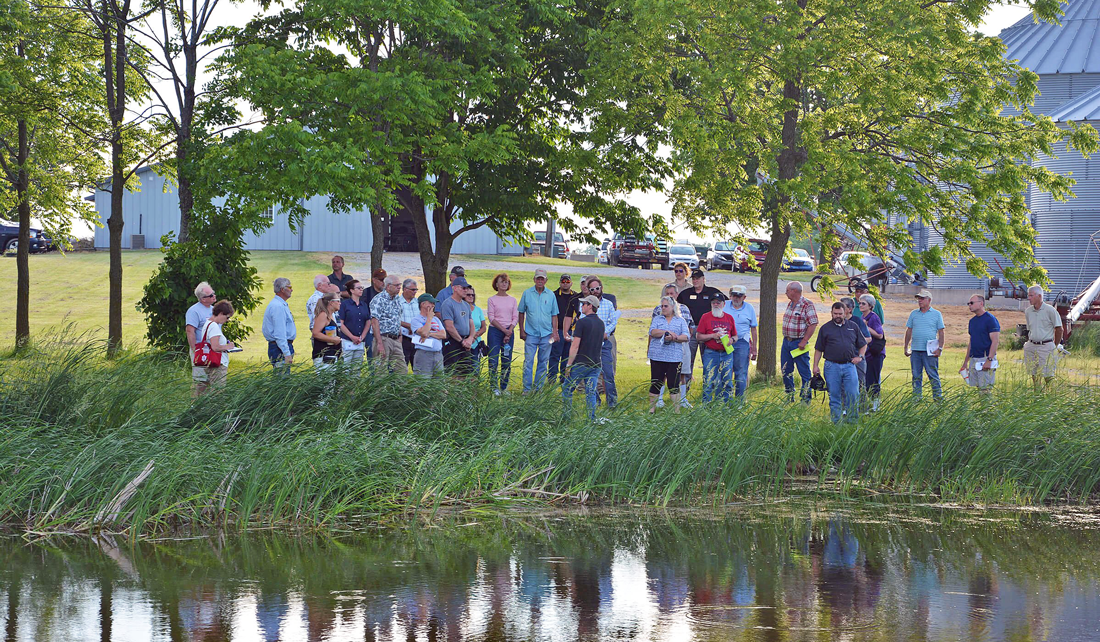
There are more than 40,000 private ponds and lakes in Indiana, many of which are used for fishing and other recreations. Across the United States, people own more than 180 million acres specifically for the purpose of hunting and fishing. Landowners wishing to effectively manage their property for fishing and hunting will find value in a new Purdue Extension publication series that will serve as a comprehensive guide on pond and wildlife management.
Mitchell Zischke, a Purdue assistant professor of fisheries and aquatic sciences and Illinois-Indiana Sea Grant outreach specialist, has teamed up with Jarred Brooke, a wildlife Purdue Extension specialist, to lead a team of Purdue experts who plan on releasing comprehensive publications and guides on pond and wildlife management. The project will consist of two field guides, factsheets, videos and a new website: Pond and Wildlife Management.
“The need for this project was highlighted by biologists and managers at the Indiana DNR and by Purdue Extension educators,” said Zischke. “Project leads decided to join forces on ponds and wildlife, as many private landowners work to manage their lands for both outcomes.”
Read the full news release from Purdue University Agriculture News.
Illinois-Indiana Sea Grant is a part of University of Illinois Extension and Purdue University Extension.

